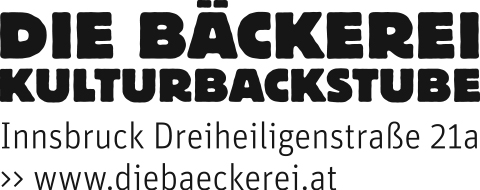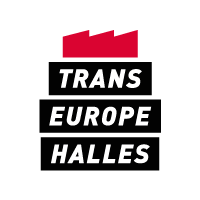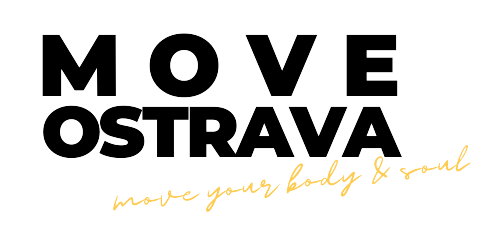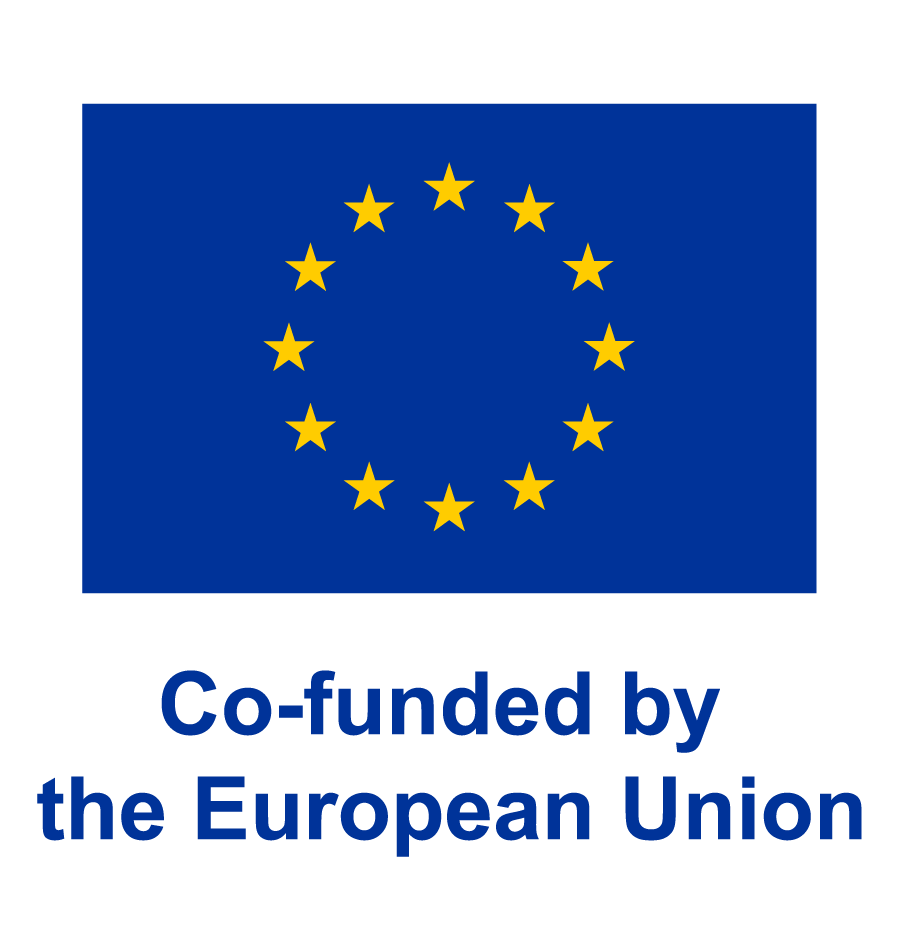The metaphor
For our purposes we will simplify the complexity of an ecosystem and focus on the idea that energy is exchanged in various forms between organisms to keep the system alive - in this case **we focus on the energy exchange between you and your culture centre**. There are many forms of energy exchange between you and your culture centre going on at the same time. The more obvious, almost tangible ones -- you give time, you get money, but there is also an exchange of more intangible values like trust, joy, sense of belonging, self-efficacy, etc. We assume that all of these values can be understood as a form of energy that is exchanged.[^1] For example, it charges you up to feel part of a community at work. And it drains you to be excluded. In an ecosystem energy mainly moves in one direction - up the food chain. But in a social system like a culture centre **reciprocity or fairness** are very important. If things are working well, there is a balance of energy -- you give as much as you get back. If energy flows are out of balance -- especially over a long period of time -- you feel exploited and you leave or burn out.
The Energy Flow Model
Mapping your relationship with your centre
The idea of energy flowing back and forth in various forms between you and your culture centre opens the possibility to map the exchange going on in detail. Building on that, we have created a model that offers a visual representation of the relationship between culture worker and culture centre. Applying this model to your own relationship with your centre will help you to develop an understanding of what exactly you give and what you get, find out where and when you get charged up or drained, and if - at the end of the day - the deal between you and your centre is fair.
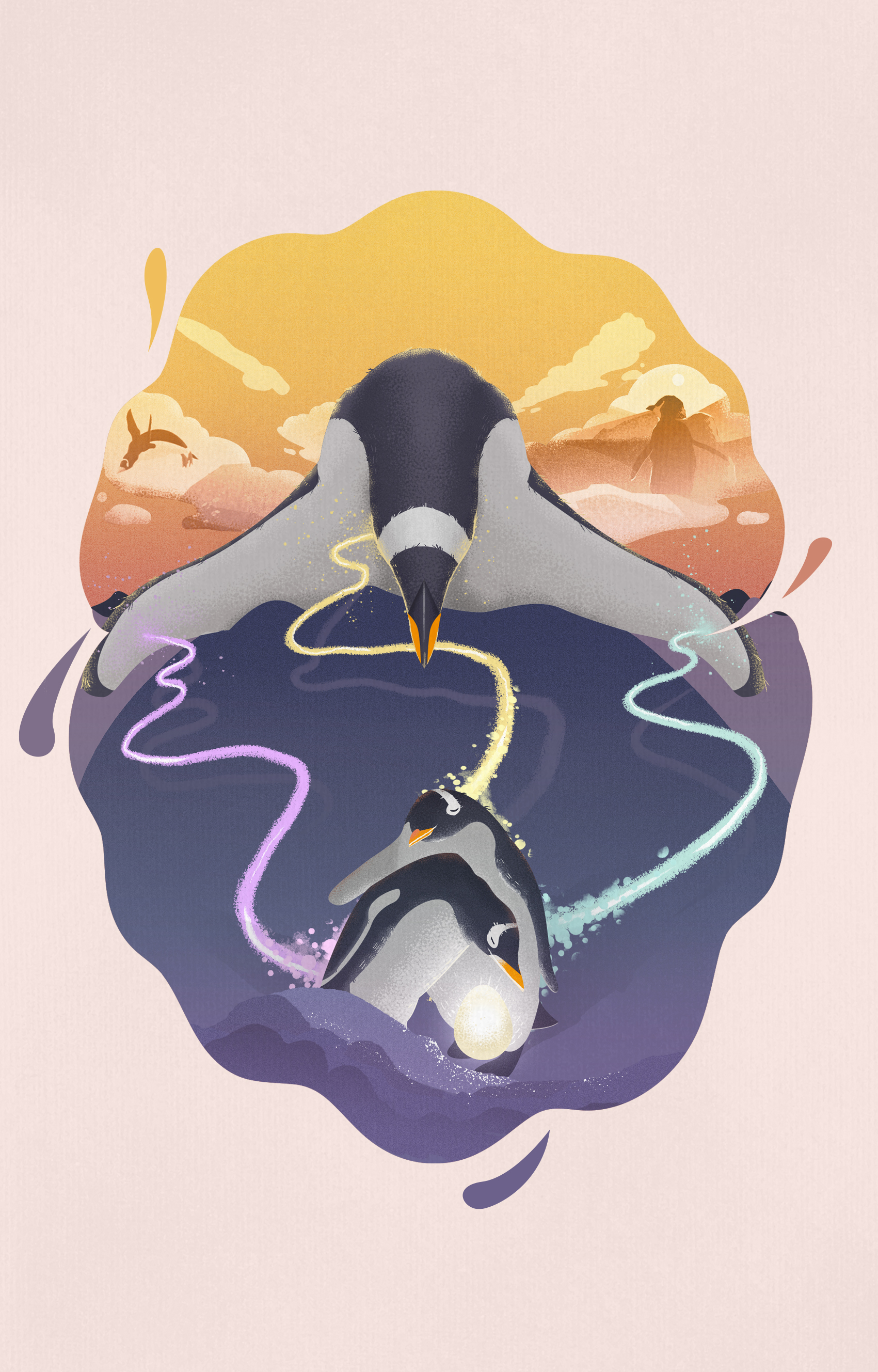
The Architecture of the model
The energy flow model
The model consists of six parts:
1. You
2. your touchpoints to your culture centre
3. Your experience at the touchpoints
4. the energy flows at those touchpoints
5. the meaning for you
6. to the meaning for the centre
1. You: There are countless ways to describe you. We have chosen to work with high point descriptions. A high point is a point in your life when you felt most alive, engaged and energized. Describing a high point and why it mattered to you contains a lot of information about you.
Going through the model with cultural workers we have realized that people often look for recreating a past high-point experience in their work. But be aware that describing one or two high points expresses only a small part of who you are. What charges and what drains you in your job might be related to different aspects of your personality.
In our experience it is best to take two high points - one that is work related and one that has nothing to do with work. The high point that has nothing to do with your work reminds you about who you are without your work. And the job related high point might shine a first light on your motivation to do the job.
2. Your touchpoints to your culture centre.
You are in contact with your culture centre via a number of touchpoints. These touchpoints are visible, tangible elements of your centre like the building, being part of your team, the audience, the programm, individual concerts, your daily work and many more.
3. Your experience.
At every touchpoint you relate to your centre in a different way. It is here that you have the experiences that then aggregate to your overall impression of your centre.
4. The energy flows between you and your centre.
At every touchpoint energy is exchanged in different ways. Very roughly you can distinguish between physical, emotional and mental energy. For example, you could give a lot of mental energy in team meetings (carrying the mental load of structuring the meetings), or emotional energy when taking responsibility for a tight budget, or physical energy when building up a stage. You receive emotional energy in the form of a sense of belonging to a team. However, this distinction is only a helping construct and not to be taken too strictly.
5. The meaning for you.
You experience those touchpoints in a certain way - as charging or draining or both - because of the meaning you connect to them. To really understand why some touchpoints drain or charge you up, you need to connect them to what they mean to you.
6. The meaning for the culture centre.
Every touchpoint is also an expression of the idea of your cultural centre. Through them you get in touch with the intangible side of your centre. Sometimes the connection is very direct, like the cultural program being a direct expression of the culture centres core idea. Sometimes the connection is more indirect. Doing accounting for example might be harder to link to the core idea, but is a necessary activity to keep centre alive from an economic perspective.

